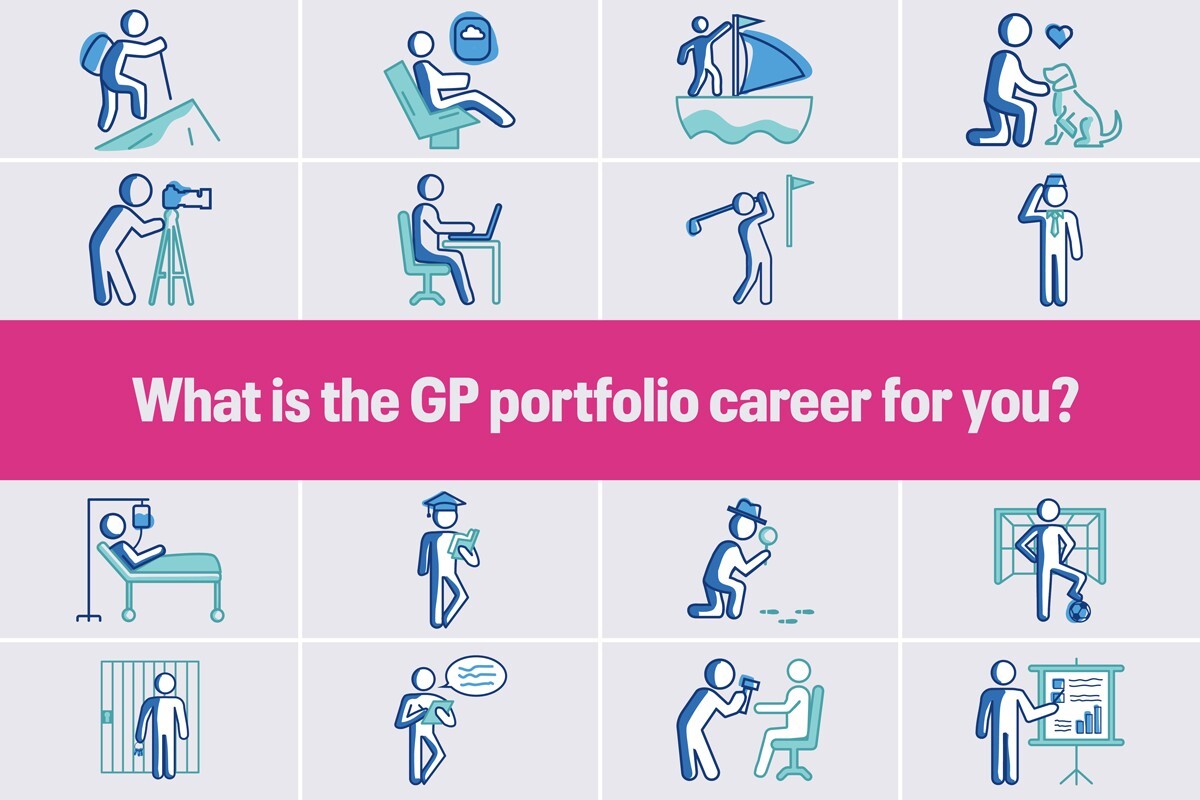How we used CRP testing to help cut antibiotics use
GP Dr John Derrick introduced CRP testing at Westside Medical Centre
The problem
I’m part of a four-partner, 11,000-patient practice with a higher than average antibiotic prescribing rate. We were regularly nagged by our prescribing adviser to improve the situation.
What we did
A few years ago I attended a GP catch-up course and learnt that point-of-care CRP testing machines were available at reasonable rates. Not so reasonable that we felt able to simply fund one ourselves, however.
Having researched CRP testing, it became clear that it was a well-established method of distinguishing viral from bacterial infections and we decided to run a pilot to see if it would be practical in a busy general practice.
Alere, a company that manufactures point-of-care diagnostic tests, kindly lent us an Afinion™ AS100 Analyzer testing machine and the CCG had about £5,000 unspent research cash, which they agreed to use to fund the testing cartridges. We put the machine in a central location in the practice, and drew up a protocol.
Between January and March 2016, we decided that patients who contacted the surgery complaining of symptoms suggestive of a possible bacterial infection (except UTI) would be offered a same-day 10-minute appointment with a clinician who would perform a CRP test.
We agreed that even those who were insistent on being prescribed antibiotics would also be offered an appointment.
During the appointment, the clinician would explain the procedure and reasons for testing, and obtain consent from the patient (or parent, if applicable) to take the sample.
Once the results had come back the clinician would make a judgement on whether antibiotics needed to be prescribed.
All patients were given a small card with the patient’s reading, as well as any advice given. We created an EMIS web protocol to streamline data entry and communication among clinicians.
Results
The system worked very well, with a 30% drop in antibiotic prescribing compared with the same period in the previous year. Our antibiotic prescribing also went from above average to below average for the CCG.
It was well received by patients, who valued an actual number to back up our clinical opinion that their condition was caused by a virus, not an antibiotic-susceptible bacterium. The only drawback was the extra time involved, which was probably outweighed by fewer repeat appointments.
The machine was lent free by Alere but would have cost £800 per year at 2016 prices. We calculated each test to cost £6, including the cartridge cost and clinician time.
However, the CCG turned down the proposal to roll out the technology on the basis of cost.
Sunderland CCG’s senior medicines optimisation pharmacist Juliet Fletcher tested CRP testing in four GP practices
The problem
Sunderland, situated in North East England, has historically had higher levels of antimicrobial prescribing when compared to the rest of the country. Feedback from GPs often cited patient belief in, and expectation of, antibiotics as a key driving factor.
What we did
From November 2016 to March 2017, the medicines optimisation team from Sunderland CCG ran a pilot programme introducing point-of-care CRP testing into a general practice setting with the aim of changing behaviours around antimicrobial prescribing.
Four GP practices participated in the pilot programme, with patient list sizes ranging from 2,100 to 14,000.
Bridge View Medical Group in Southwick was one of these practices and is situated in an area of high deprivation with a history of ship building and coal mining.
Based on parameters such as sample size and speed of test we chose to use the Alere Afinion™ AS100 analyser testing machine. Six analysers were loaned to the CCG and commissioners funded the test cartridges at approximately £3.50 per test.
As part of the pilot we also provided each patient with an information leaflet and asked them to complete a feedback questionnaire.
Results
After the six months, all practices demonstrated a decrease in antimicrobial prescribing.
The practices reported that the biggest challenge was incorporating the test into the ten-minute patient pathway. Those that had managed this successfully, such as Bridge View Medical Group, achieved the largest reductions.
A total of 32% of patients completed the questionnaire, 99% of which thought that the CRP test was useful.
Although only 20% of patients had received a prescription for antibiotics, 95% of patients were happy with the prescribing decision.
Feedback from GP practices highlighted that, once in use, confidence in prescribing decisions around antimicrobials increased.
However, it was felt that this would likely have a ceiling effect – and that the confidence in prescribing decisions gained by the GPs who had taken part would remain without continued access to the CRP testing equipment.
The future
As a result of the findings the CCG purchased the six analysers and have started a programme of rotating the machines into new practices every six months.
It is hoped this will be sufficient to embed changes in behaviour and allow maximum access to the diagnostic technology across all 40 GP practices within Sunderland.
Evaluation of this strategy is ongoing but so far all have shown a year-on-year decrease in antimicrobial prescribing.
In 2017-18, without continued access to the diagnostic equipment, Bridge View Medical Group reduced their antibiotic prescribing by 28%.
Visit Pulse Reference for details on 140 symptoms, including easily searchable symptoms and categories, offering you a free platform to check symptoms and receive potential diagnoses during consultations.













